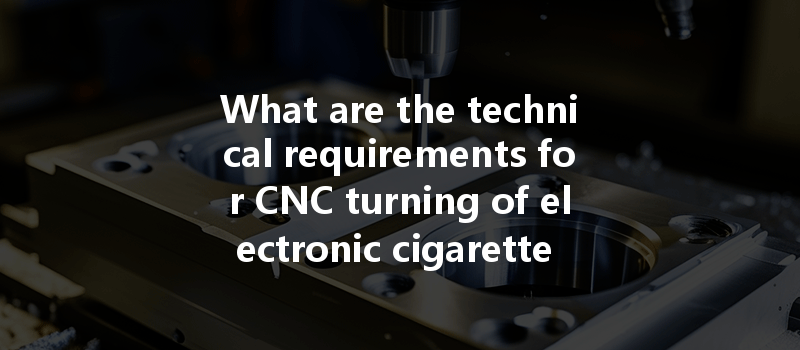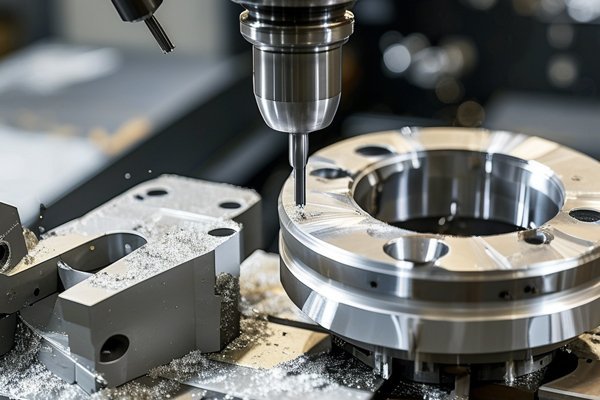Opening
Did you know that the electronic cigarette industry is expected to reach a staggering $43 billion by 2027? As vaping continues to gain popularity, the demand for high-quality components has surged. This presents a significant opportunity for manufacturers utilizing CNC (Computer Numerical Control) technology to produce precise and reliable components for electronic cigarettes.
In this blog, we will delve into the technical requirements for CNC turning of electronic cigarette parts, explore the intricacies of the CNC machining process, and provide insights to manufacturers seeking to optimize their production capabilities.
—
Understanding CNC Turning
CNC turning is a subtractive manufacturing process where material is removed from a workpiece to achieve the desired shape and dimensions. It involves rotating the material against a cutting tool, allowing for high precision and repeatability. This makes CNC turning particularly well-suited for producing intricate and complex parts such as those found in electronic cigarette devices.
Technical Requirements for CNC Turning of Electronic Cigarette Parts
To successfully engage in CNC turning of electronic cigarette parts, manufacturers must satisfy several technical requirements, including material selection, equipment specifications, machining parameters, and quality assurance processes. Let’s break down each of these components.
The material chosen for CNC turning directly affects the performance, durability, and esthetics of electronic cigarette parts. Common materials include:
It’s crucial to evaluate each material for its machinability, resistance to wear, and compatibility with electronic components.
The choice of CNC turning machine influences the overall quality and efficiency of production. Key specifications to consider include:

Several parameters factor into the CNC turning process to achieve the desired quality and performance:
Properly setting these parameters requires expertise and often iterative testing to fine-tune settings for different materials and designs.
Quality assurance is paramount when manufacturing components for electronic cigarettes, as any defect can affect performance and user safety. Key steps include:
In summary, successful CNC turning of electronic cigarette parts hinges on careful consideration of material selection, equipment specifications, machining parameters, and quality assurance processes. By adhering to these technical requirements, manufacturers can produce high-quality components that not only meet industry standards but also drive innovation in the rapidly growing vaping sector.
As the electronic cigarette market evolves, understanding and implementing these technical parameters can provide manufacturers with a competitive edge. Invest in the latest CNC technology, stay abreast with material advancements, and establish rigorous quality controls to ensure your products are at the forefront of the industry.
In a market where precision, reliability, and quality are crucial, the technical requirements for CNC turning become not just guidelines, but the cornerstone of successful production.
Related Posts
- What are the unique challenges of machining different material properties in CNC machining processes?
- How does CNC machining ensure the strength and sealing of welded joints in various applications?
- What is the hardness difference between 303 stainless steel and 316 stainless steel in CNC machining processes?






